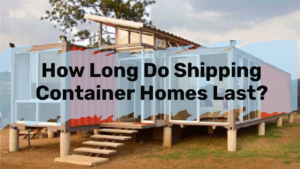One of the most impressive characteristics of tiny homes is their mobility. Most of them can literally be transferred from one place to the other, unlike standard residences. However, there are a few things to consider before relocating your tiny house.
At present, RV campgrounds are friendly to tiny homes. You can choose between State Parks, National Parks, overnight parking lots, and other rest stops available in several cities around the country.
You can also park on private land if local regulation allows it or settle in a residential driveway. The first step is knowing what type of tiny home you have so you would properly know if your target location allows temporary parking for a tiny home.
Different Types of Tiny Homes
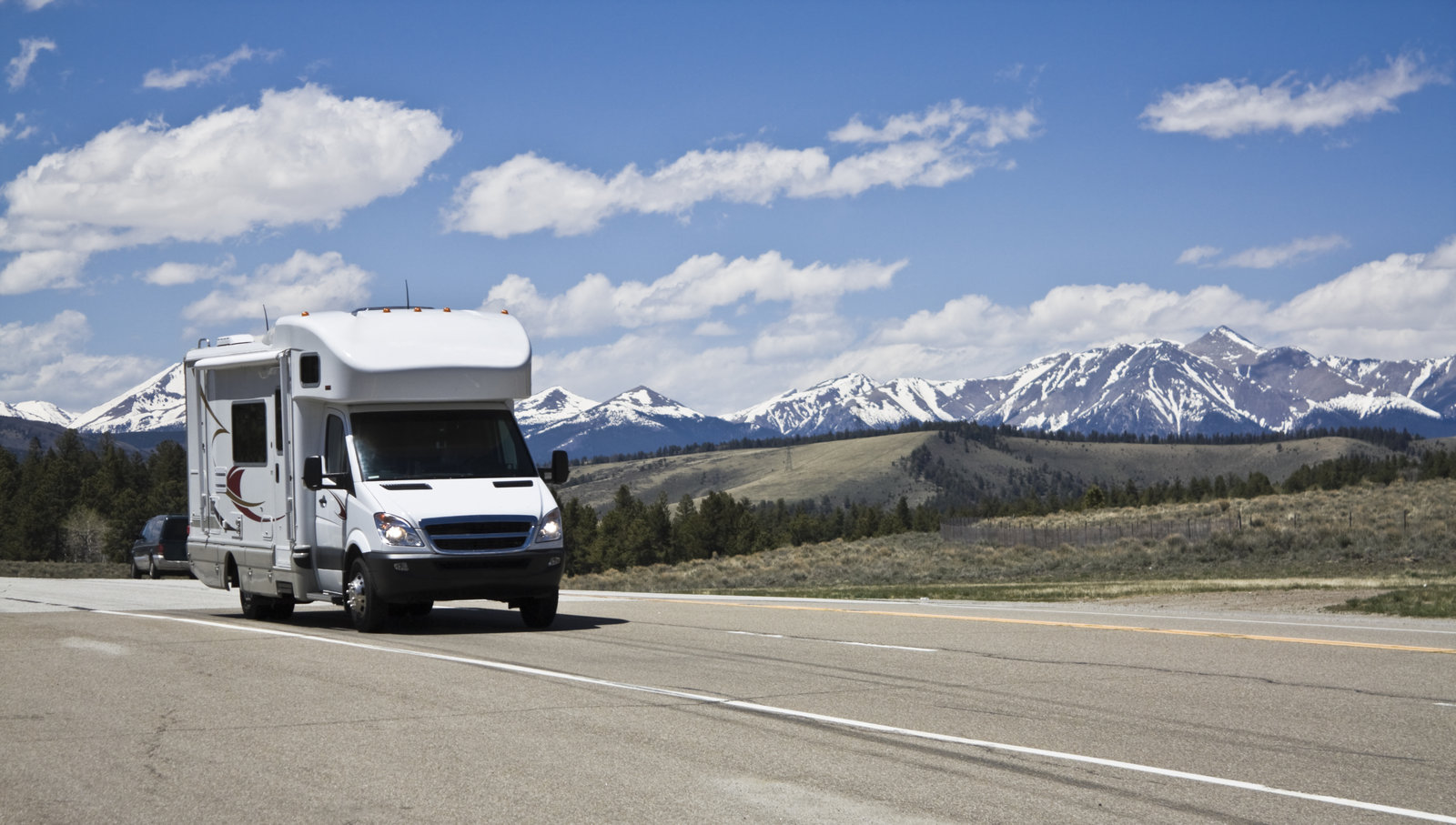
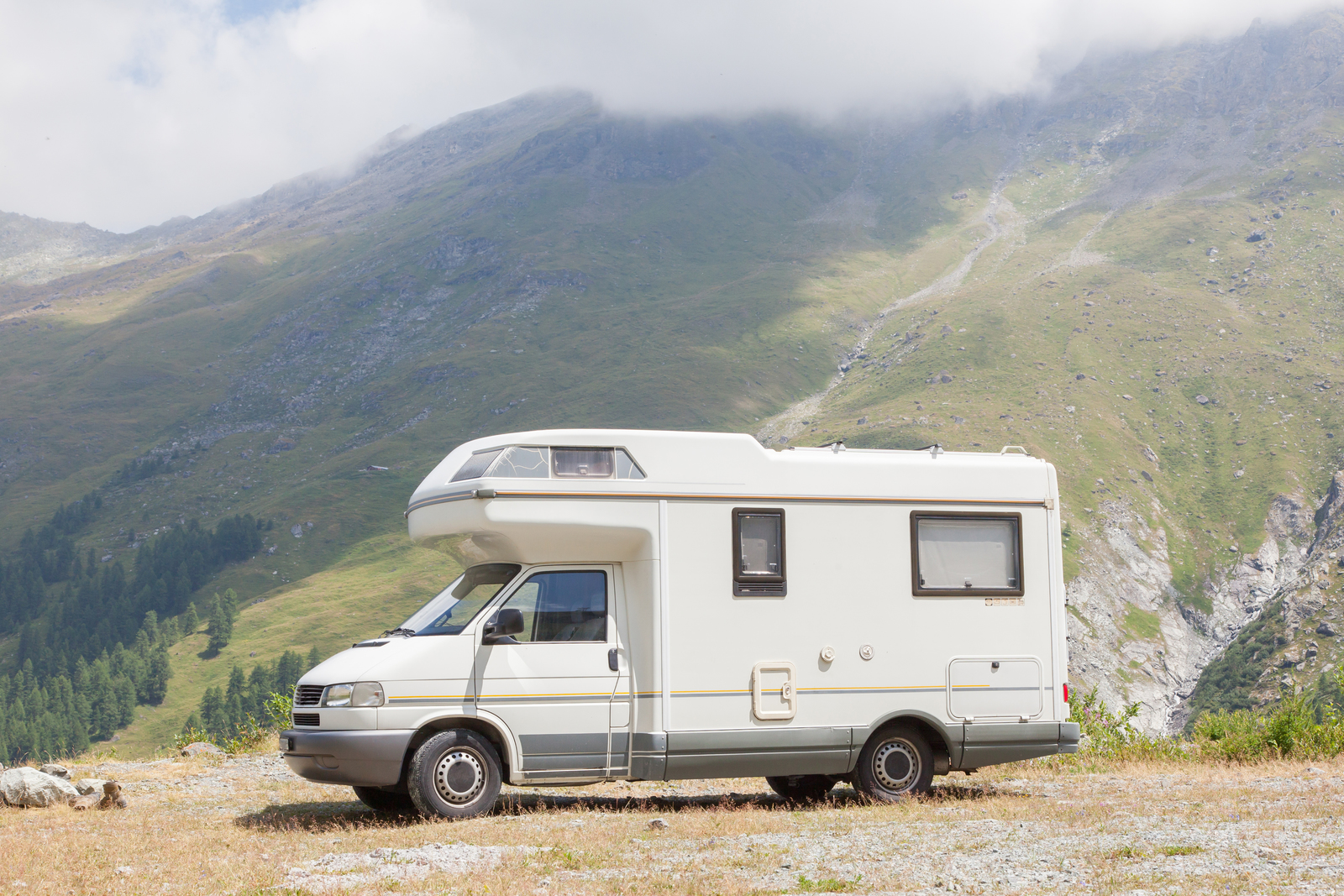

RVs: One of the most mobile tiny houses is called Recreational Vehicles (RVs). They are built within a vehicle used as a temporary abode. Most people use this tiny house primarily for camping purposes.
Although this type of tiny house can easily be moved from one place to the other, there are several cities that prohibit these types of homes to stay in an area for longer than 30 days.
In fact, most people are discouraged from creating or buying an RV due to this prohibition, for long term living plans.
The ones that you should look out for when owning an RV tiny home are the code enforcement inspectors. They are the ones who decide whether your home may stay within their vicinity and for how long.
Fortunately, there are a couple of places that are accommodating to RV tiny homes. In fact, some cities reserve particular areas for full-time tiny home residents even if it’s not legally allowed like in some California areas.
Trailers: Another mobile tiny home type is a trailer. They are categorized as semi-trailers, utility trailers, flatbed trailers, horse trailers, or boat trailers. You need to register this type of tiny home before traveling though.
It offers a lower yearly fee to register a trailer compared to a RV. In fact, most trailers are recognized as vehicles, that’s why registration is required.

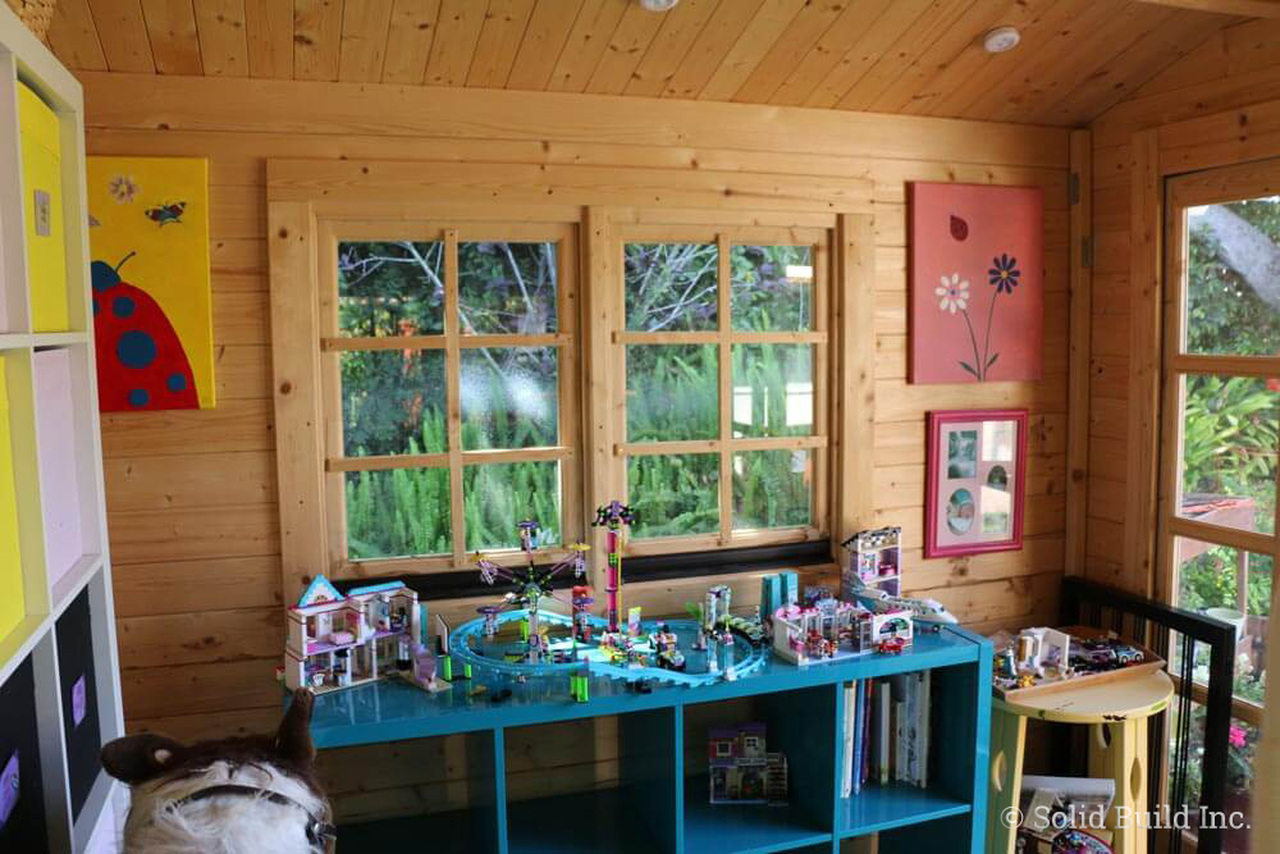
Shed: Another type of tiny home is a shed which is actually a backyard structure made with a permanent foundation. It is more flexible to live in since you would not need to register it. However, incorporating its utilities would be a challenge.
You would need to install a generator or solar panels as its source of electricity and most regulations would prohibit plumbing for these types of houses. Once you incorporate plumbing utilities, then the ordinances may recognize it as an accessory dwelling unit.
Accessory Dwelling Unit (ADU): This type of tiny home is considered as an apartment or a secondary house. It has a living area, a separate entrance which is located within a primary house and even has its very own kitchen.
Most ordinances allow these types of tiny homes to be situated in residential lots with a few restrictions such as being built with a permanent foundation. You are also prohibited from renting it and are usually built for relatives.
It is quite important to know these different types of tiny homes so you know which cities allow you to reside in certain areas, the corresponding restrictions, and whether you need to qualify for certifications.
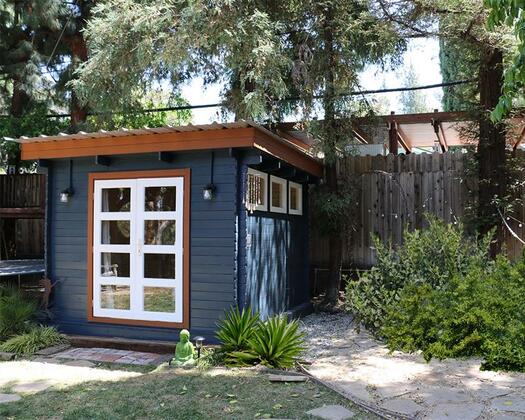

Tiny Homes Regulations
After you’ve determined the type of home you have, you would need to look at home regulations to know if you can easily situate in RV parks. In fact, one of the many drawbacks of owning a tiny house is actually finding a place where parking is allowed.
When the regulation treats your tiny home like an RV, you are allowed to park within the property of a friend or a family member. You may even stay at your relatives’ backyard. However, staying there permanently is usually prohibited.
If your tiny home is built with a permanent foundation, the prohibition may be waved especially when the town’s law recognizes this type of type home as an ADU.
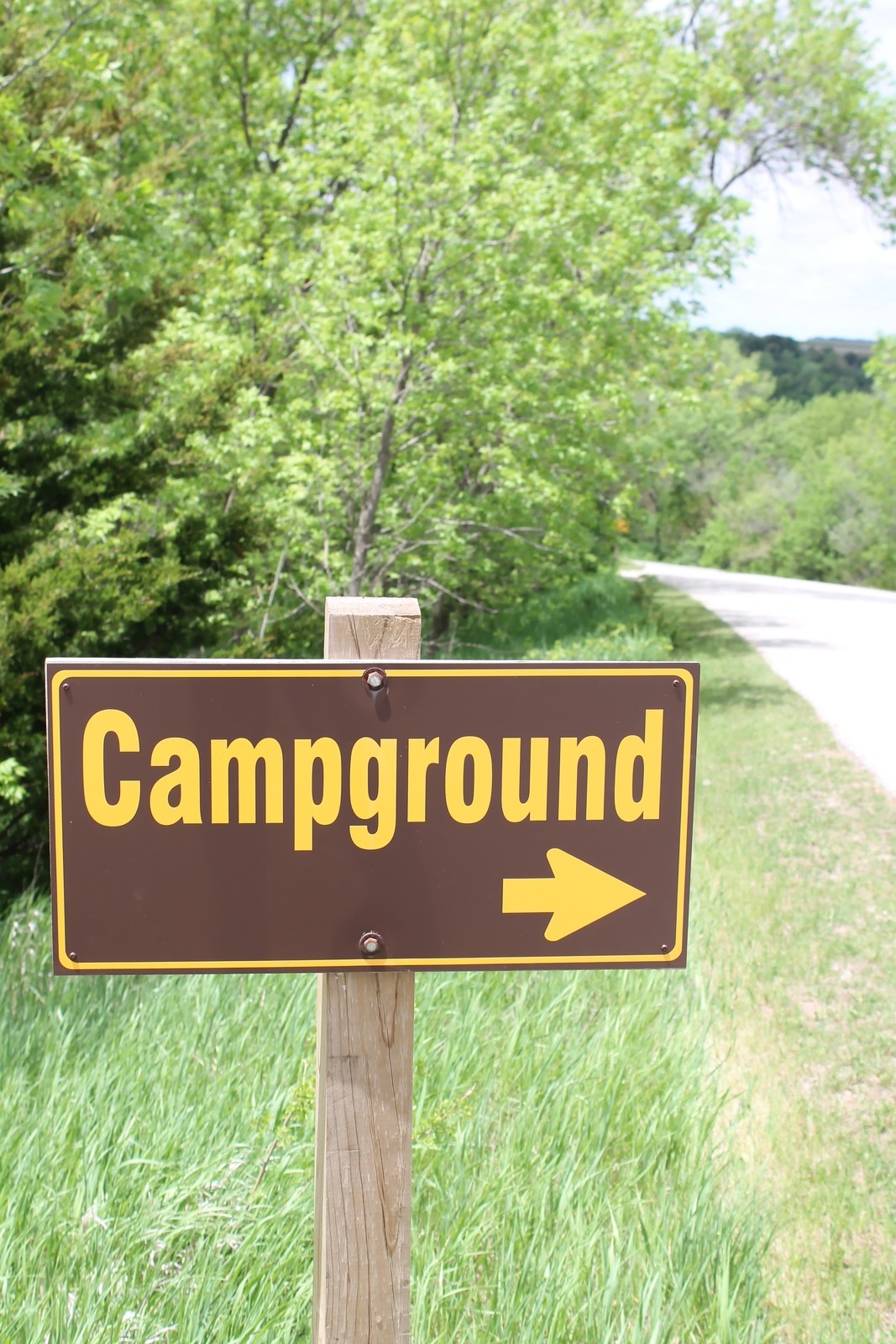
States that allow tiny homes to settle in the towns’ RV parks are Alaska, California, Florida, Texas, Oregon, and Tennessee.
Some of these states, however, require you to register the tiny homes as residential abodes so the authorities would not chase you off.
Luckily, more and more municipalities are transforming their zoning regulations to accommodate tiny homes.
In fact, the International Code Council who regulates the growing trend of efficient living continues to persuade US states to permit this type of alternative housing.
This means that as resources start to become scarcer, the more the government becomes friendly towards tiny homes.
It would only be a matter of time that most states in the US would permit tiny homes to situate in RV parks without worrying about the prohibitions.
State laws are also quite flexible towards tiny homes that have a Recreation Vehicle Industry Association (RVIA) certification.
This allows you to park anywhere or at least in RV parks. Unfortunately, this is only allowed if you’re looking to occupy your space for a short amount of time.
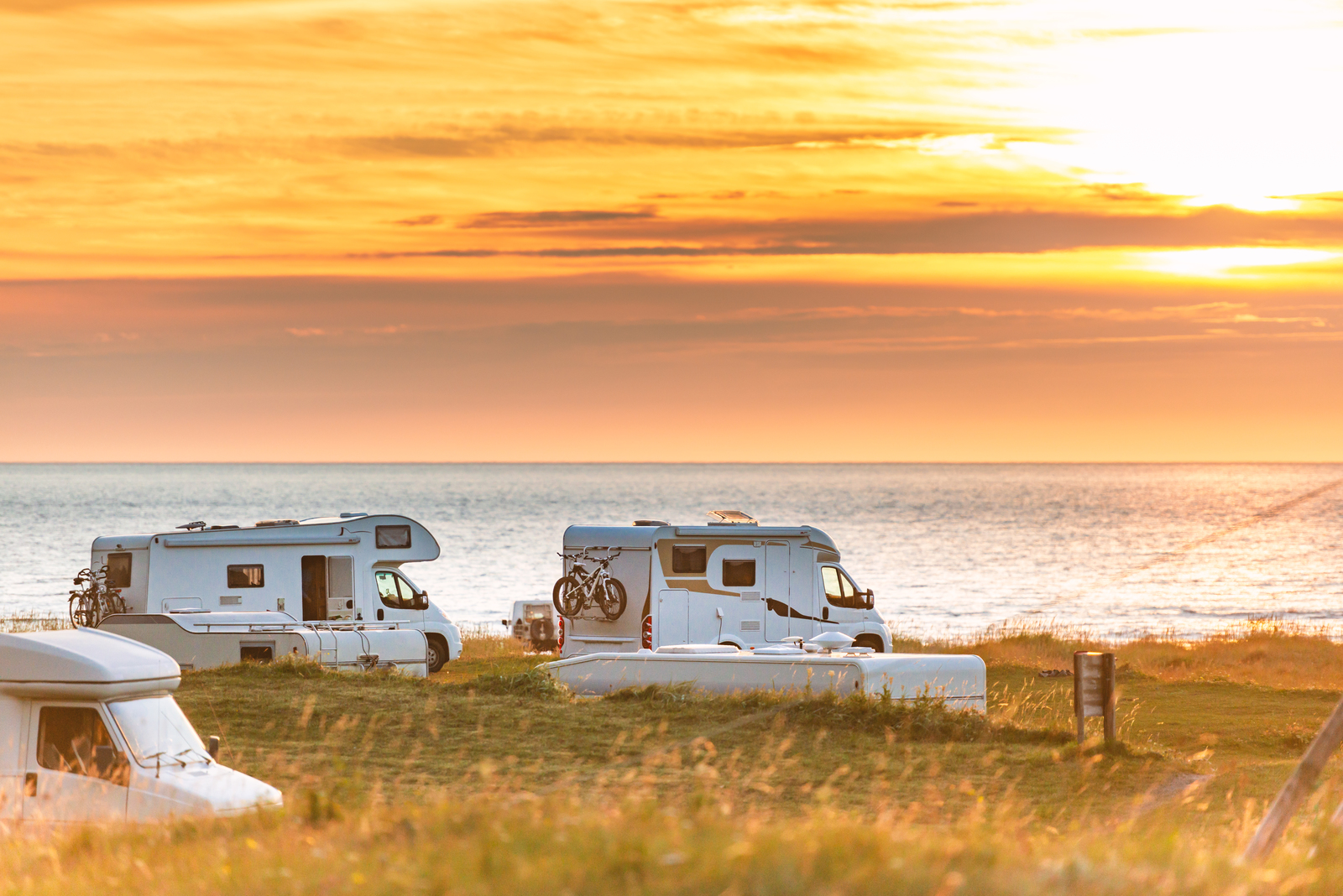
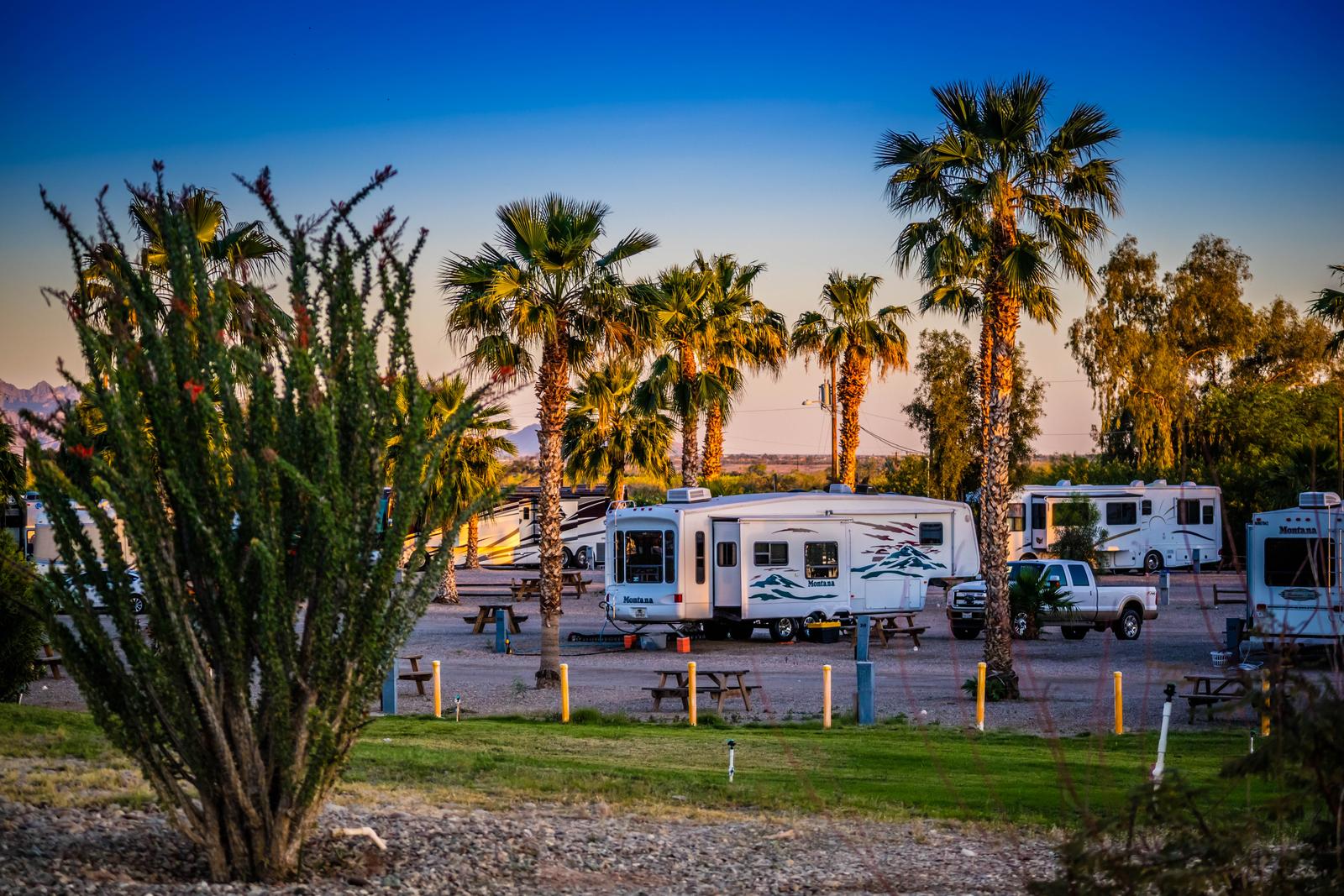
Now, if you’re looking to stay in a subdivision for a longer period, you may move to a city that legalizes tiny houses, not just RV parking. Those that are expanding other than the ones already mentioned are Fresno, Quebec, and Portland.
These locations offer affordable housing options and house developers that create tiny houses. Again, these cities recognize tiny homes as ADUs and have tiny co-housing communities.
Know Your Square Footage
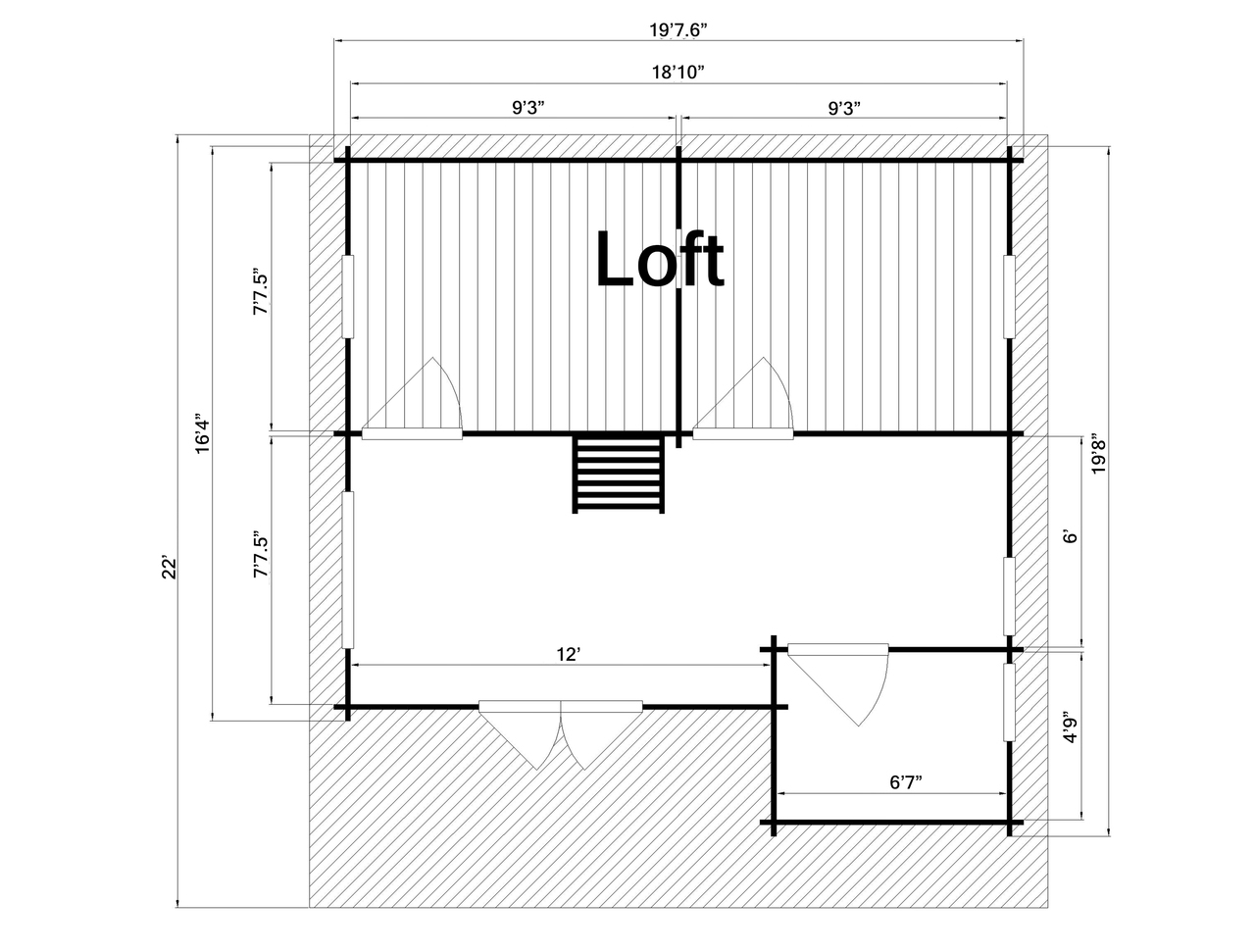

The International Building Code (IBC) which is the framework of housing regulations is the guideline that provides the limitations for the tiny homes.
To see which regulation applies to your tiny home, it’s important to know your square footage.
This law requires tiny homes to comply with the safety and population density of tiny homes.
They also provide tax revenue cuts for tiny home residents allowing you to save on money in registering your small abode.
If your tiny home is made with a permanent foundation, you are most likely to comply with minimum square footage. Most cities would require a total of 200 square feet for your indoor area.
When a city ordinance subjects a tiny home to follow local building codes, you must also observe quality and safety standards.
The government would assign an inspector to check out your compliance so you would also need to do some research before opting for a tiny home.


Can These Locations Sustain The Utilities Of Your Tiny Home?
![]()
Another factor to consider when finding a parking space is whether your tiny home is designed as an “off-grid” or “on-grid”.
The type of utilities that power your home requires you to choose a practical location that helps you maintain your tiny home.
It’s also quite important for you to plan ahead. How long would you be staying in a particular area? Is the location flexible and supports utility maintenance? Will my home get sufficient amounts of water and electricity?
If your house is powered by off-grid electricity, you would need to rotate your solar panels regularly. Therefore, you need to find an RV Park or lot area where the sun would hit your spot directly.
You would also need to fill your freshwater tank every week and empty your compost toilet regularly. This means that you have to find a spot that allows you to do all these things without traveling far.
Rentals For Temporary Tiny Homes Residents
If you don’t own a tiny house yet, you can try out this alternative type of living by renting. The Tiny House Network, a website that offers listings for private tiny homes, RV parking spots, and farms, even shows you an interactive map for you to find the perfect location without undergoing intensive research.
Online Options
If you are not familiar with the local ordinances regarding short visits in towns, it is best to find the perfect location through online websites.
Some platforms such as Meetup and Craigslist advertise certain locations that welcome tiny homes.
Most of the time, homeowners would contact a resident of a particular town who offers their backyard, parking lot or driveway to tiny homeowners.


This would be a better option since these residents may already be aware of the current ordinances regarding RV parking.
This saves you time on inquiring about what’s allowed and what’s not allowed for tiny homes in the vicinity. It also allows you to discover potential leads and meet other people living nearby for your next parking destination.
The Bottom Line
Now that you know the different characteristics of your home, how to determine the regulations that you need to follow, and find locations that support tiny house living, it’s easier for you to know which areas allow tiny homes in RV parks.
Knowing these things first hand allows you to travel worry-free, enjoying and making memories along the various community stops. Happy living!


